10 contact dermatitis symptoms
 Article Sources
Article SourcesContact dermatitis is a skin irritation caused by direct contact with a certain substance. The substance causes an allergic reaction or irritation that can result in a variety of skin symptoms. Irritant contact dermatitis causes damage to the skin cells when harsh or irritating substances touch the skin and typically causes an immediate reaction. Allergic contact dermatitis typically causes delayed symptoms a day or two after contact with an allergen.[[6]] Both types can cause uncomfortable symptoms that can last several weeks.
Skin Inflammation and Swelling
Contact dermatitis often causes skin inflammation that might appear as a rash. The inflamed area appears where the irritant or allergen touched the skin. It can be an irregular patch depending on the contact area. It’s common to see these symptoms on the hands or face, but they can appear anywhere. Swelling is also possible at the contact point. The thin skin around the eyes can often be especially susceptible to swelling or inflammation since it’s more delicate.[[4]]
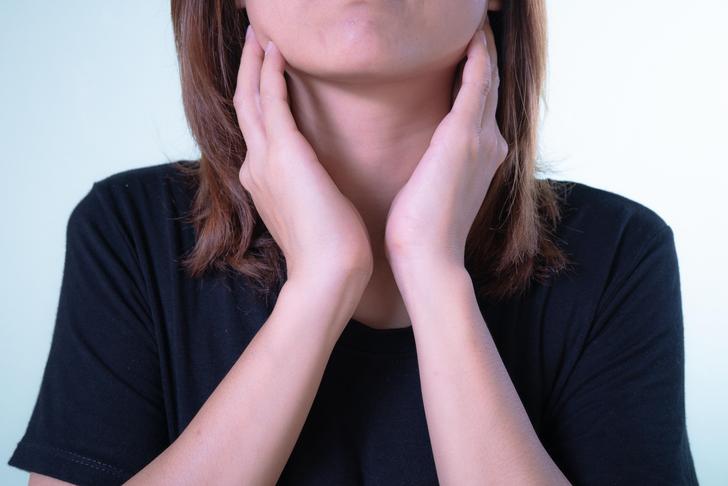
Advertisement
Color Changes on the Skin
The skin often changes color as a symptom of contact dermatitis. On lighter skin, the irritation often appears as a red patch where the irritant touched the skin.[[2]] The discoloration can be patchy or streaky and may appear with other symptoms of contact dermatitis, such as bumps. On darker skin, the irritation might turn the skin dark brown, purple, or gray. The skin might be hyperpigmented and appear darker than normal. Darker skin is also more likely to have patches that look leathery.[[1]]
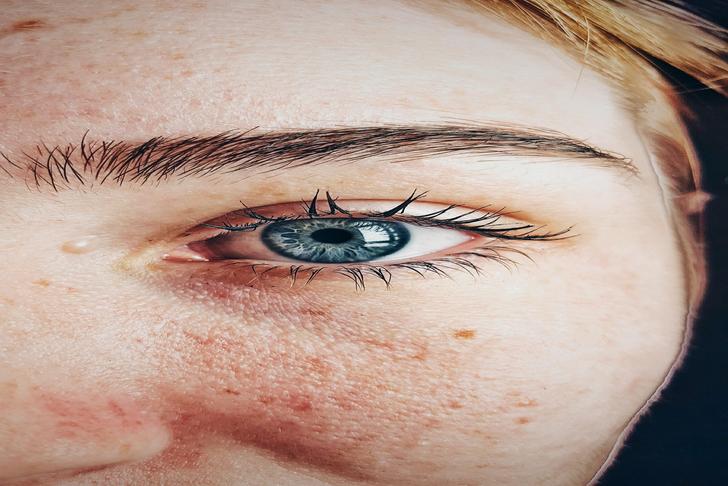
Advertisement
Itching
Itching is a common contact dermatitis symptom, although it happens more frequently with allergic dermatitis. Intense itching can sometimes start before a rash, redness, or other symptoms of contact dermatitis appear.[[4]] The itching typically continues after the person develops a rash. Sometimes the itchiness can be severe, making it difficult to focus on other things. It’s a good idea to seek medical attention if the itchiness is bad enough to interrupt sleep or other normal activities.[[1]]
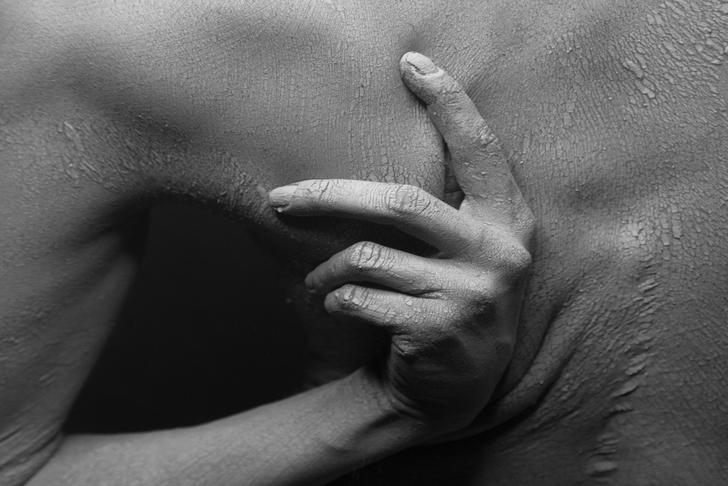
Advertisement
Bumps and Blisters
Contact dermatitis can cause a variety of bumps and other raised areas of the skin. This can appear as itchy bumps or hives. Some irritants or allergens might cause blisters that are filled with fluid.[[4]] They can eventually ooze or get crusty. Some irritants might cause painful sores to develop on the skin. Those sores can also ooze fluids or appear dry and crusty.
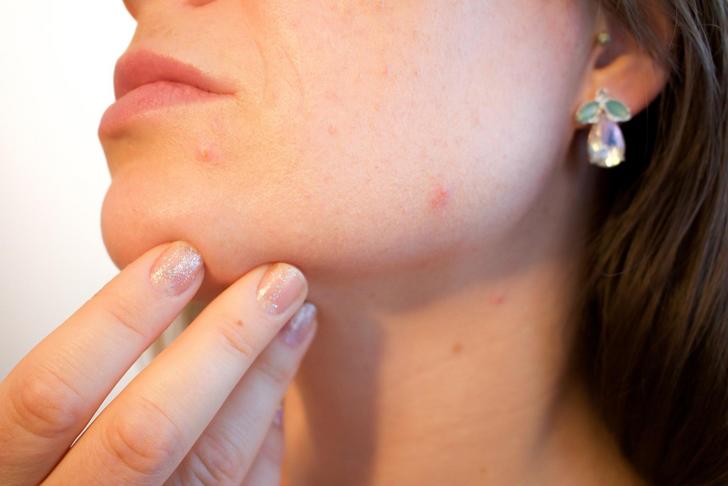
Advertisement
Dry or Scaly Skin
Skin can become dry, cracked, or scaly over time due to contact dermatitis. This often happens with irritant contact dermatitis when the same area is exposed to an irritant repeatedly.[[4]] People who work with chemicals as part of their jobs might experience this contact dermatitis symptom. Repeated exposure can cause the skin to thicken. It might start to develop cracks that can grow deep or appear as a scaly patch of skin.
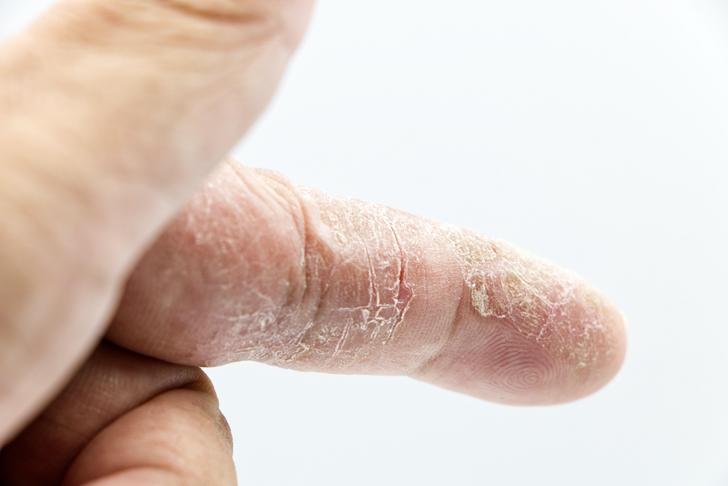
Advertisement
Burning Sensation or Tenderness
Burning sensation or tenderness can be a contact dermatitis symptom. Pain or burning is more common with irritant contact dermatitis, although the area can burn and itch at the same time.[[3]] The pain or burning feeling can start before a visible rash appears.[[4]] Dry or cracked skin might also feel painful or tender. The changes in the skin can feel uncomfortable. Sores that appear with contact dermatitis might also feel painful.
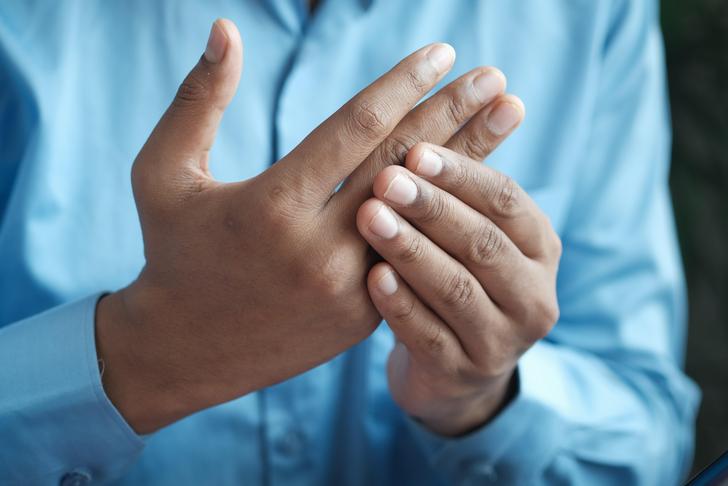
Advertisement
Increased Sensitivity to the Sun
It’s possible for the area affected by contact dermatitis to have increased sensitivity (hypersensitivity) to the sun. This means the area could be more likely to experience a sunburn.[[6]] Some cases of contact dermatitis don’t show up until the area is exposed to the sun.[[4]] The reaction between the product used on the skin and the sun causes the rash to appear. This is common with some essential oils, such as citrus oils.

Advertisement
May Complicate With Infection
It’s possible for the irritated area to become infected. The initial contact dermatitis symptoms might become more severe or continue to worsen. This might include increasing pain and swelling in the area.[[2]] A person could experience additional infection symptoms, such as warmth in the area. They might have shivers, fever, or other signs of an infection. Discharge from the area could indicate an infection. It could also cause the person to generally feel unwell. Seeking medical attention for a suspected infection and getting treatment can help prevent further complications.
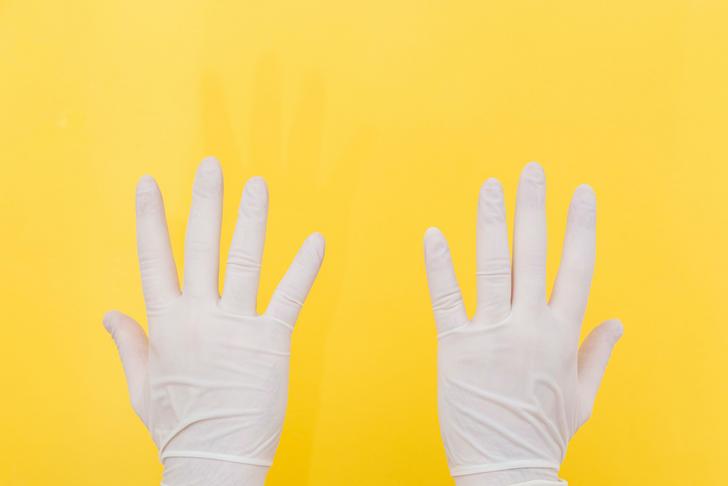
Advertisement
Causes of Contact Dermatitis
Contact dermatitis happens when a person’s skin comes into contact with an irritant or allergen. Irritant contact dermatitis is often caused by exposure to chemicals or irritating products. Regular contact with pesticides, hair dyes, solvents, some plants, or similar products can cause the reaction.[[5]] Allergic contact dermatitis happens when the immune system responds to an allergen that touches the skin. Poison ivy is a common cause of allergic contact dermatitis. People can also have allergic reactions to fragrances, preservatives, and metals.
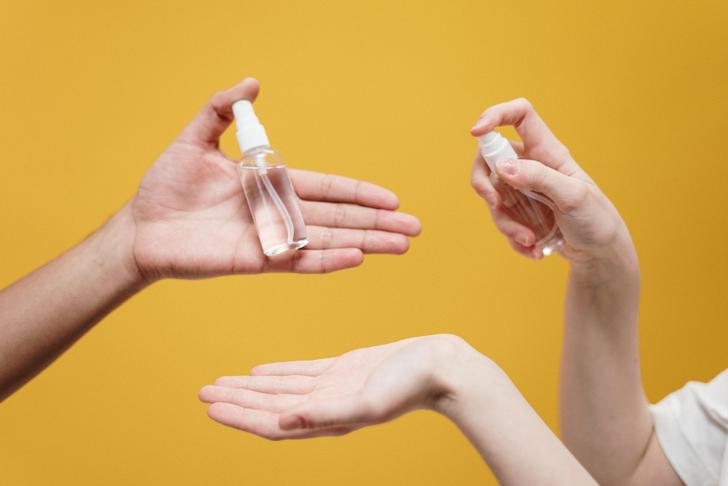
Advertisement
Treatments for Contact Dermatitis
Washing the skin can help remove the irritant to minimize the reaction.[[3]] Avoiding the irritant or allergen helps the contact dermatitis symptoms go away. This can be more difficult if the irritant is a chemical used for work. Gloves or other protective equipment can help. Using anti-itch creams, such as corticosteroid creams, can make irritated skin feel better.[[5]] Antihistamines can help reduce some of the irritation. Oral steroids might be prescribed for stubborn rashes that don’t clear up on their own.
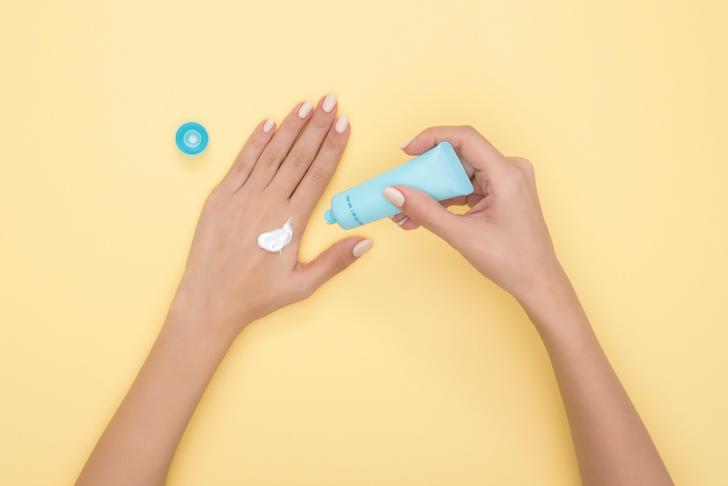
Advertisement





